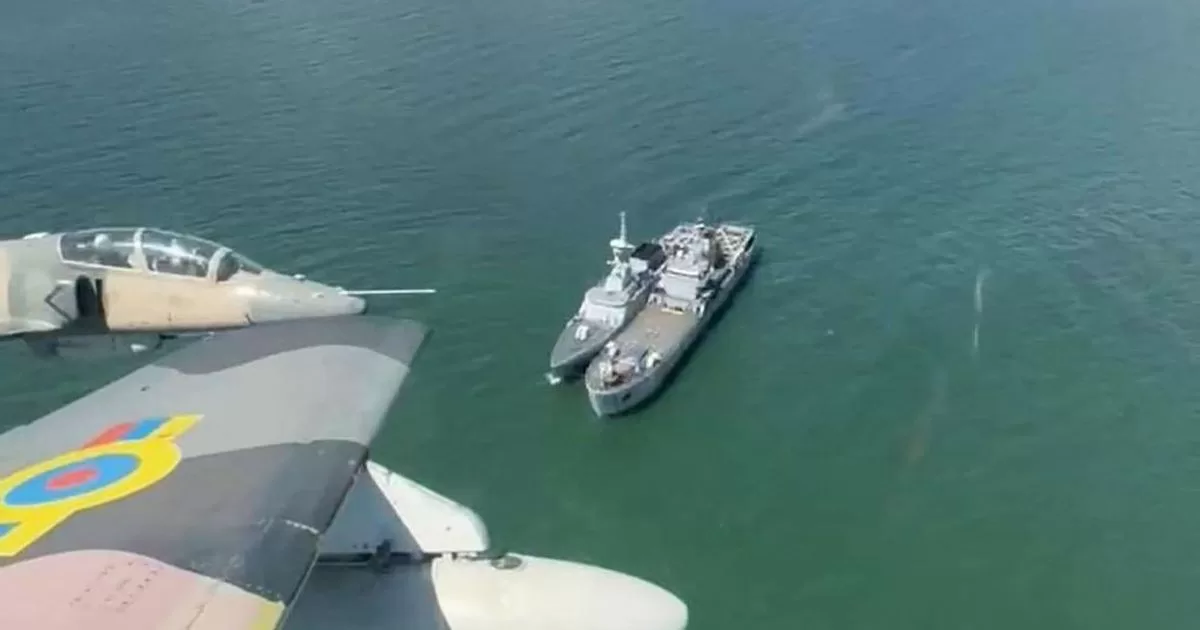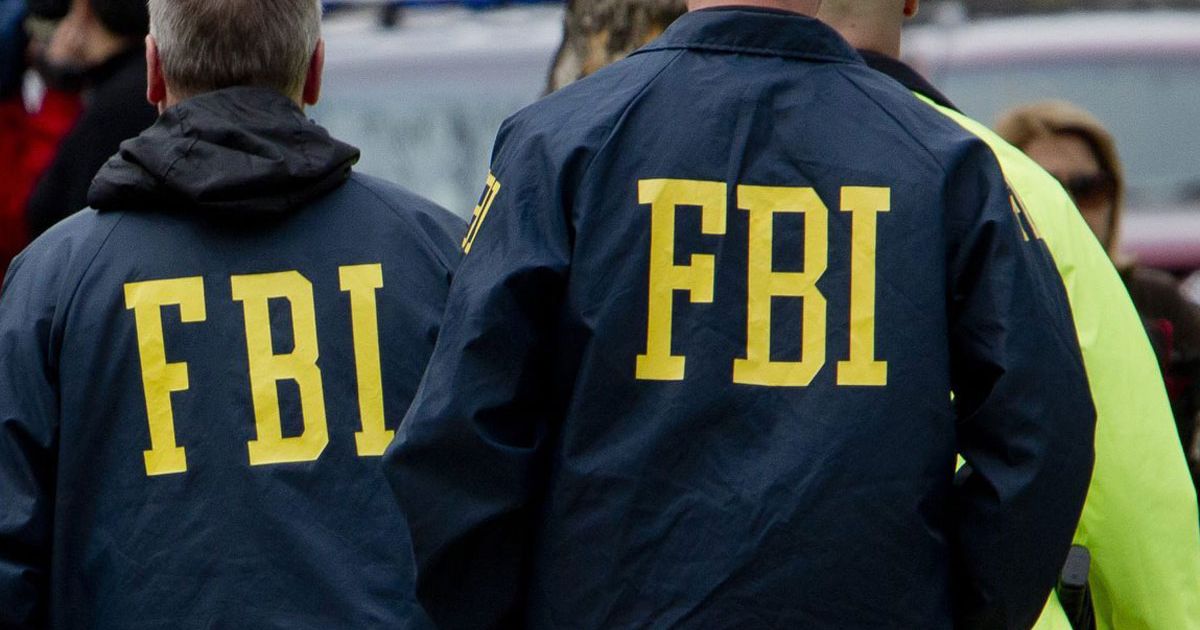CARACAS.- Venezuelan dictator Nicolás Maduro released images of fighter planes and military frigates near the sea in dispute with Guyana, in an attempt to show “strength” before a UK warship arrived in the area this Friday.
Sources from the Guyanese Foreign Ministry confirmed the “uneventful” arrival of the HMS Trent to its waters. The event rekindles tension between both countries within a century-old struggle for the territory of Essequibo, which has escalated after the discovery of rich oil deposits.
The deployment of Venezuela
Venezuela mobilized 5,682 soldiers in its “defense” deployment that, according to Caracas, includes Russian F-16 and Sukhoi fighter planes, warships, ocean patrol vessels, boats armed with missiles and amphibious vehicles.
London responded that the Venezuelan maneuvers were “unjustified and should stop.” “We are working with our partners in the region to avoid an escalation and are monitoring the situation closely,” a spokesperson said Friday.
Guyana had already given clear signs of wanting to reduce the level of tension. President Irfaan Ali assured that the exercises with the British were not intended “to be aggressive or constitute an offensive act.”
“Neither Venezuela nor any other State has anything to fear,” he added, with no plans to cancel the maneuvers.
Is it reckless or routine?
Gary Best, former Chief of Staff of the Guyana Defense Force, however, assured that these types of exercises are routine.
“I understand that Venezuela sees it as a provocation, but speaking from Guyana’s position, no; other ships have passed through the region under the regional security system,” explained Best.
“In this context it has taken on another meaning,” but “it is not unusual and nor is it a threat to the sovereignty of Venezuela.”
Brazil, with which Guyana has also carried out military exercises, expressed its concern about the current situation and without directly naming the United Kingdom. He noted in a statement that he “believes that military demonstrations of support for either party should be avoided, so that the ongoing dialogue process can yield results.”
The British presence in the region evokes for many the atmosphere prior to the Falklands war in 1982.
Non-aggression commitment
Venezuela maintains that Essequibo, a region of 160,000 km2 rich in natural resources, has been part of its territory since it was a colony of Spain and appeals to the Geneva agreement, signed in 1966, before the independence of Guyana from the United Kingdom, which established bases for a negotiated solution and annulled an 1899 award, which established the borders that Georgetown asks the International Court of Justice (ICJ) to ratify.
Tensions between both countries increased after the holding of a referendum on the sovereignty of Essequibo on December 3 in Venezuela, which raised fears of an armed conflict between neighbors in the region.
Maduro and Ali met on December 14 in Saint Vincent and the Grenadines, where they agreed that their governments “directly or indirectly” will not “use force mutually under any circumstances.”
The Caribbean Community (Caricom), which promoted the meeting, has not yet commented on this new stage.
show of strength
Best indicated that the mobilization also has to do with Venezuela’s internal politics: Maduro is seeking a third term in 2024. “It is a demonstration of force, a grandiloquence to keep the fire burning.”
An important actor is the United States, a protagonist in the internal negotiations for the release of political prisoners and reaching electoral conditions for next year, but also with oil interests in both countries. But until now, silence.
Source: AFP


